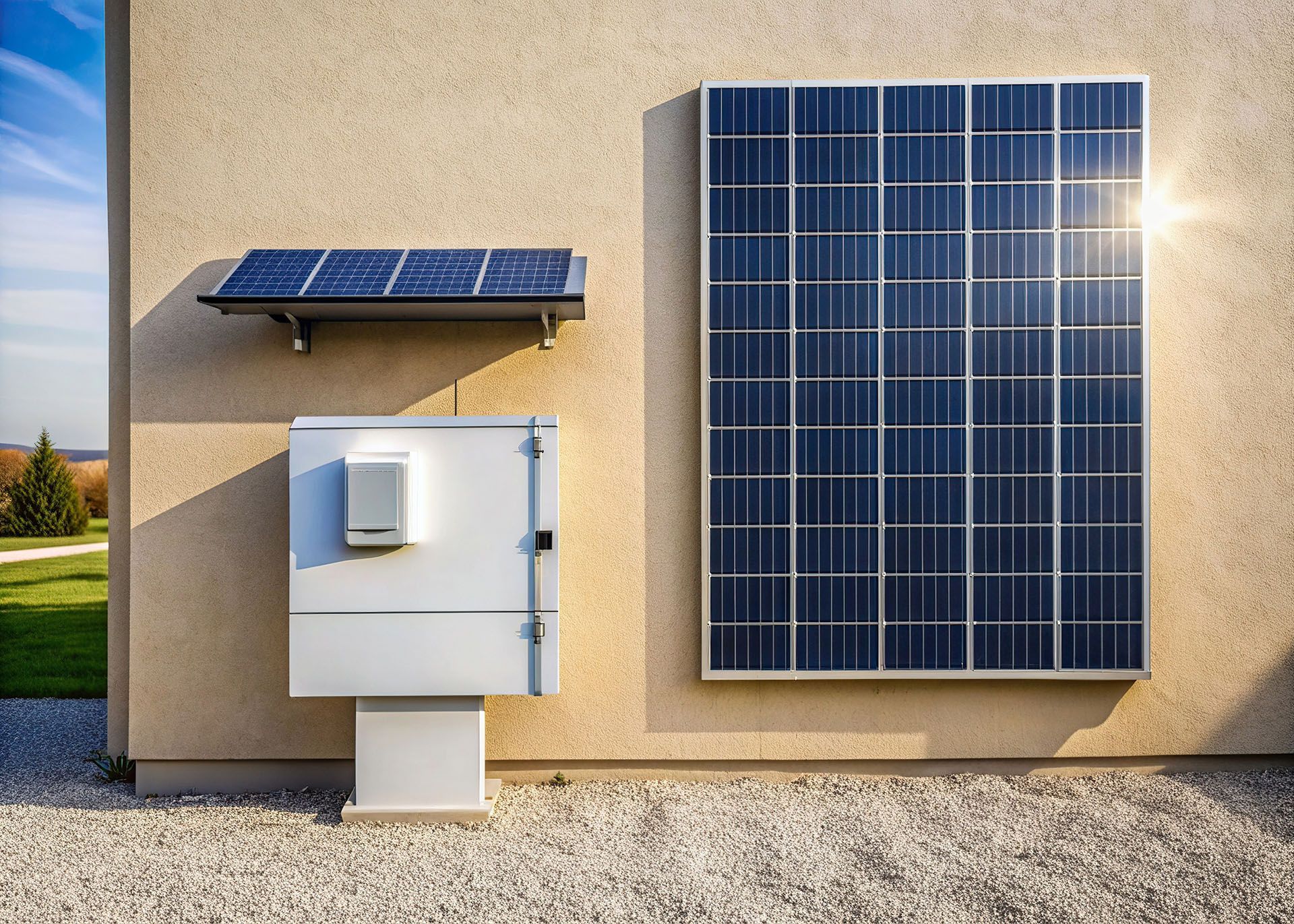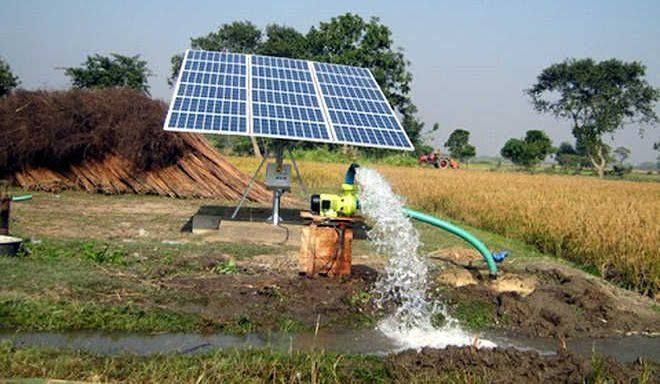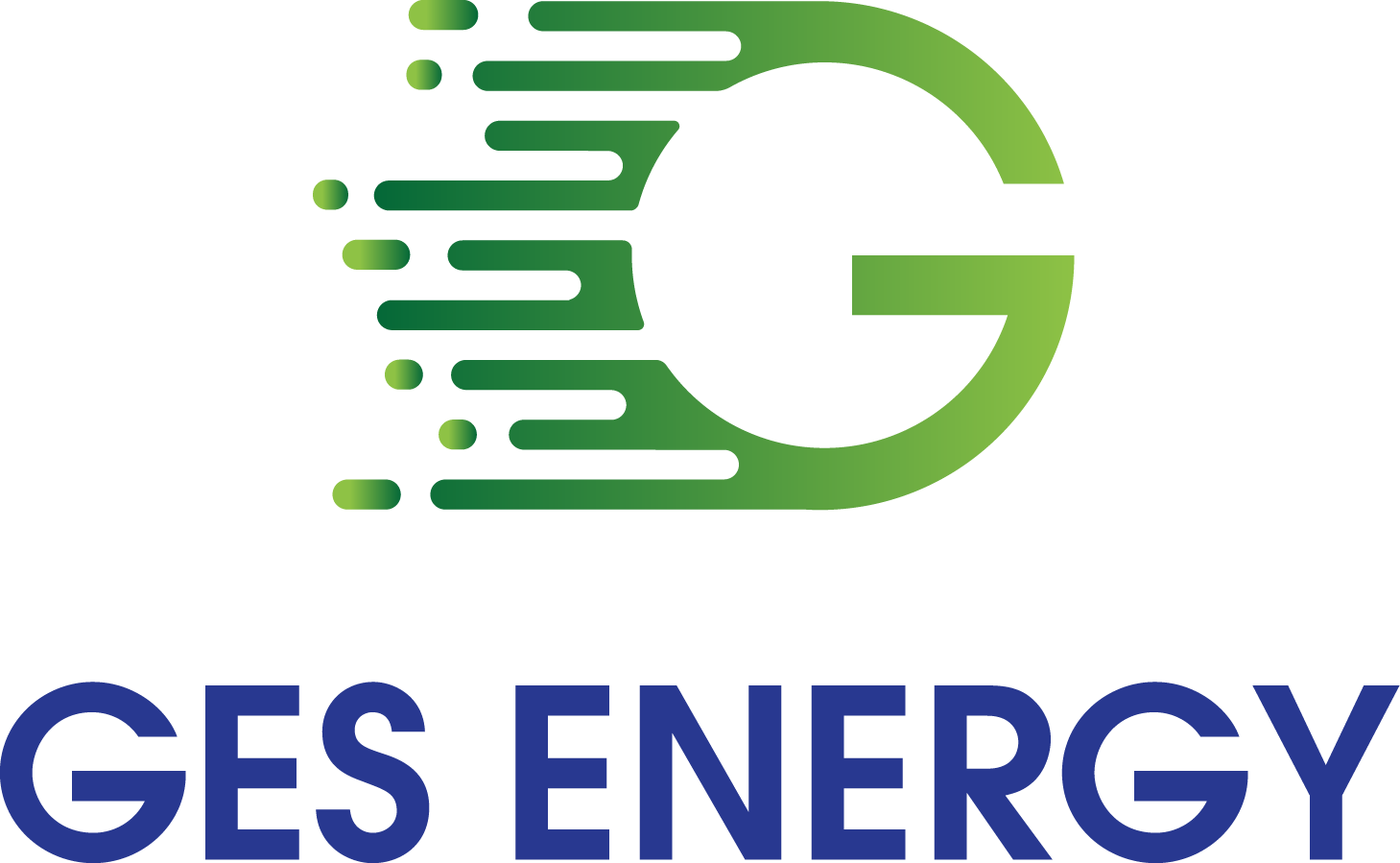Have A Question?
The Best Electric Car Home Charger Systems in Australia (And Why You Need One)
Electric cars are fast becoming a popular choice for Aussies. As of December 2021, there were more than 40,000 electric car sales across Australia.
However, one obvious drawback of electric cars is that they take a long time to charge. You can’t just fill up at a gas station and be on your way in a few minutes like you would with traditional combustion engines.
In order to drive your electric vehicle again, you need to plug it into a charging station and wait anywhere from 30 minutes to 12 hours to fully recharge the battery. And if you don't have your own electric car home charger, you may also have to wait in line before you can charge on a public charging station. That’s why having your own EV charging station installed at home is a great idea.
What Are the Different Types of EV Chargers?
There are three main types of EV chargers: Level 1, Level 2, and Level 3.
Level 1 chargers are the slowest and most basic type of charger. They typically charge at about 12 miles per hour and can be plugged into a standard 120-volt outlet. Many electric vehicles come with a Level 1 charger, but they are not very practical for long-distance travel since it would take forever to charge up an EV using one of these.
Level 2 chargers are much faster than Level 1 chargers, charging at around 25 miles per hour. They require a 240-volt outlet, which is the same kind that is used for clothes dryers and stoves. Many public charging stations have Level 2 chargers, so this is a good option for long-distance travel.
Level 3 also known as "DC fast charging" are the fastest type of charger, charging at around 50 miles per hour. They require a special 480-volt outlet and are not commonly found outside of commercial or industrial settings. DC fast chargers are mostly used for "quick charges" when an EV needs to be charged up quickly, such as before going on a long road trip.
Best Electric Vehicle Chargers
Tesla Wall Connector
Features:
- Compatible with Model S, Model 3, Model X, and Model Y
- Can provide up to 44 miles of range per hour of charge, with up to 11.5 kW / 48 amp output (depending on the model)
- Adaptable to most house electrical systems
Believe it or not, the Tesla Wall Connector is one of the best home charging options for your electric vehicle. While it might not be as convenient as the Supercharger network, the Wall Connector can charge your car much faster.
Pros:
- Easy setup
- Can charge all EV
- Sleek design
- High power output that’s adjustable
Cons:
- Smart-charging features not enabled yet
ABB Terra AC Wallbox
Features:
- Complying with IEC standards
- Single phase up to 7.4 kW / 32 A
- 3 phase up to 22 kW / 32 A
- AC type 2 wall box
- Wifi connectivity
- Built-in safety
The ABB Terra AC wallbox is the best value home charger on the market because it is both affordable and versatile. The Terra AC can charge any EV (compatible cable required), including the Tesla Model S, at up to 22kW. That’s enough power to charge most EVs in about four hours.
This single-phase 7.4kW wallbox delivers high-quality value, futureproof flexibility, safety and protection.
Pros:
- Broad range of connectivity options
- Easy to install design
- Remote software update enabled
Cons:
- Design is not futuristic
Zappi V2
Features:
- Programmable timer function
- Pin-code lock function
- Tap operated display backlight
The Zappi Charger has been designed to give EV owners the ultimate home charging experience. It is the first solar-powered, smart EV charger that is able to automatically adapt to your changing energy needs.
Pros:
- Compatible with all makes and models of EVs on the market
- Wireless interface
- Economy Tariff sensing to maximise savings
Cons:
- Big compared to different home EV charging
Benefits of Having Your Own EV Charger at Home
If you own an electric vehicle (EV), then having a charger installed at home is a great idea.
There are many benefits to having your own home charger, such as:
- You’ll never have to worry about finding a charging station when you need one.
- You can charge your EV anytime you want, without having to wait for an open spot at a public charging station.
- Home chargers are usually cheaper than public chargers, so you’ll save money in the long run.
- You can control who has access to your charger, and when they can use it. This is not possible with public chargers.
If you’re thinking about installing a home charger, then be sure to check out our list of the best electronic vehicle chargers available.
Frequently Asked Questions:
Get Your Electric Vehicle Charged Up
Installing a home EV charger is a great way to never worry about finding a charging station again. Be sure to check out our list of the best electronic vehicle chargers available before making your purchase.
GES Energy sells and installs home EV charging stations. We also design and install commercial electric vehicle charging infrastructure for electric vehicles. Contact us today to learn more about our services!
Browse by Categories






